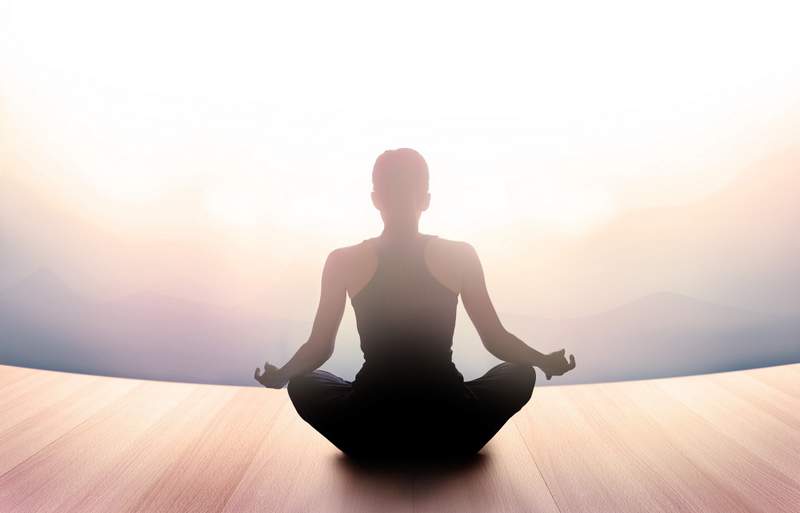By Rachel Painter, LPC
Yoga has been building a reputation as “mind-body medicine”. It can be a powerful tool for emotional regulation and even aid in changing overwhelming emotional states. Yoga inherently wakes up communication between our brain and our body, helping us to attune to our physical and emotional needs. This mind-body connection can be incredibly affirming as we listen to what’s going on in our body and actively respond to our needs.
More and more research has emerged, showing strong evidence that yoga can help people cope with overwhelming circumstances and mental health issues. Thereupon, specialized curriculums have been developed to target the specific needs of people who are struggling with issues like PTSD, anxiety, and depression. One particular program called EMBER, also known as Mindfulness-Based Emotional Resilience, aims to help individuals develop the skills they need to become more resilient. EMBER’s 12-week curriculum cultivates resiliency by teaching skills that help individuals: respond to intense feelings, create a belief that they can affect change, and feel more supported. Furthermore, the program aims to create more positive emotions, such as kindness, gratitude, hope, and humor.
Any yoga can be therapeutic if done in a safe environment that is supportive of your specific needs. So, what exactly makes therapeutic yoga, like EMBER, different? Therapeutic yoga is designed for anybody, no matter their level of experience. The curriculum doesn’t just involve physical poses but also breath work and guided imagery. No matter your background, all you need is a curious attitude. The EMBER program intends to teach yoga skills that equip people to choose what is best for their body at that moment. The hope is that these skills will help people to feel more confident to respond to their needs (physically and emotionally), less overwhelmed, and more capable.
A fundamental aspect of therapeutic yoga is that choice is the cornerstone of the practice. Therapeutic yoga is all about choosing poses that are right for you at that moment. Alternatively, choosing not to do a posture or breathing exercise because it is not comfortable in your body at that time. For example, maybe you’ve been struggling with depression and experiencing symptoms of feeling numb. Therefore, you chose poses that create sensations in the body and allow you to reconnect with yourself. On the contrary, a person who is also struggling with depression may feel burnout and fatigued. Therefore, they decide they need a less dynamic pose that is more restorative. The primary focus is on expanding the tools in your toolbox so that you may meet your own needs, at any given time.
Regardless of your circumstances, therapeutic yoga approaches you as a person that is not someone to be fixed but someone who is already whole. Therefore, to build resiliency, this holistic approach is a modality to unlock the wisdom that you already hold inside of your body to meet the needs of your nervous system.
Rachel Painter will be joining our practice in September 2019. If you would like to set up a consultation, please contact our office at (202)333-6251.






